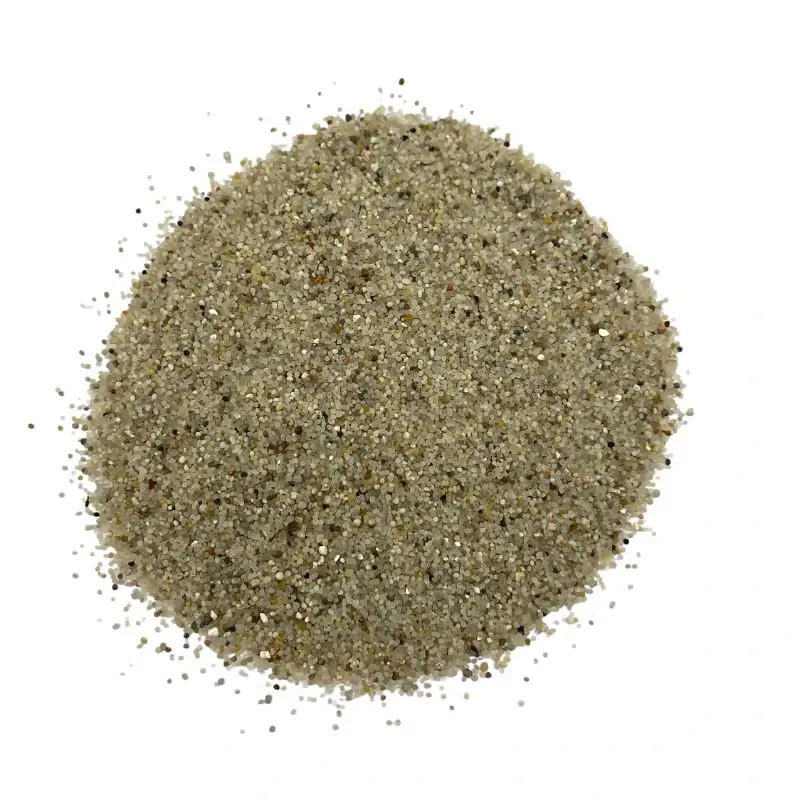
Silicon Infiltration Techniques for Enhanced Performance in Silicon Carbide Materials
Silicon-Infiltrated Silicon Carbide An Innovative Material for Advanced Applications
Silicon-infiltrated silicon carbide (SiSiC) is an advanced composite material that has garnered significant attention in various industries due to its unique properties and capabilities. A hybrid of silicon carbide (SiC) and silicon (Si), this material takes advantage of SiC's inherent strength, thermal stability, and chemical resistance while benefiting from silicon's excellent infiltration characteristics. This combination results in a material that is not only robust but also versatile for a range of demanding applications.
Properties and Formation
SiC is known for its exceptional hardness and thermal conductivity, making it a material of choice in environments that demand high resilience to wear and thermal stress. However, one challenge with traditional SiC is its brittleness, which can limit its applicability in some scenarios. Silicon infiltration offers a solution to this limitation. The process involves the partial melting of silicon, which penetrates the porous SiC framework and creates a composite with improved toughness and ductility.
The formation of SiSiC typically involves a two-step process first, a green body of SiC powder is created, often using a sintering method that includes binders and additives. The second step involves exposing this green body to silicon at elevated temperatures. The molten silicon fills the pores of the SiC, leading to a denser, stronger composite that retains the advantageous properties of both components.
Applications Across Industries
The introduction of silicon-infiltrated silicon carbide has opened new avenues in various fields, including aerospace, automotive, electronics, and energy. In aerospace and defense, SiSiC is utilized for components that require intense heat resistance and mechanical strength, such as turbine components and structural parts of spacecraft. Its low density combined with high strength-to-weight ratios makes it ideal for situations where reducing weight without sacrificing performance is crucial.
silicon infiltrated silicon carbide

In the automotive industry, SiSiC is increasingly recognized for its potential in manufacturing brake components, exhaust systems, and heat shields. The material's ability to withstand high temperatures and corrosive environments enhances vehicle performance and longevity, aligning with the industry’s trend toward lightweight, fuel-efficient engineering.
Furthermore, the electronics sector is tapping into the capabilities of SiSiC for semiconductor applications. Its excellent thermal conductivity can help dissipate heat effectively in electronic components, improving performance and reliability. As devices become smaller and more powerful, the demand for materials that can manage heat without compromising performance becomes critical.
Advantages and Future Prospects
The advantages of using silicon-infiltrated silicon carbide extend beyond its physical properties. The manufacturing process of SiSiC can be customized to produce components with specific geometries and properties, allowing for innovation in design and application. Additionally, the ability to produce this material from relatively low-cost raw materials makes it an attractive option for large-scale manufacturing.
Looking ahead, research and development in the field of SiSiC continue to evolve. Investigations into the optimization of the infiltration process, as well as the development of new sintering techniques and additives, promise to enhance the performance and applicability of this composite material. As industries seek sustainable and efficient solutions, SiSiC is well-positioned to play a pivotal role in the future of advanced materials.
In conclusion, silicon-infiltrated silicon carbide stands out as a cutting-edge material that combines the strengths of both silicon and silicon carbide. Its unique properties and adaptability to various high-performance applications underscore its importance in modern engineering and technology. As we move into an era requiring greater efficiency and durability in materials, SiSiC is likely to remain at the forefront of innovation across multiple sectors.
Share
-
Premium Talcum Powder Enhanced with GPT-4 Turbo | Soft & Long-LastingNewsAug.02,2025
-
Fly Ash Solutions Enhanced by GPT-4 Turbo | Sustainable InnovationNewsAug.01,2025
-
Natural Premium Bentonite Cat Litter - Superior ClumpingNewsJul.31,2025
-
Premium Resin Coated Sand - High Heat Resistance CastingNewsJul.31,2025
-
High Quality Silicon Carbide Grit for Abrasive ApplicationsNewsJul.30,2025
-
High-Quality Ceramsite for Plants & Gardening | Lightweight PebblesNewsJul.29,2025






